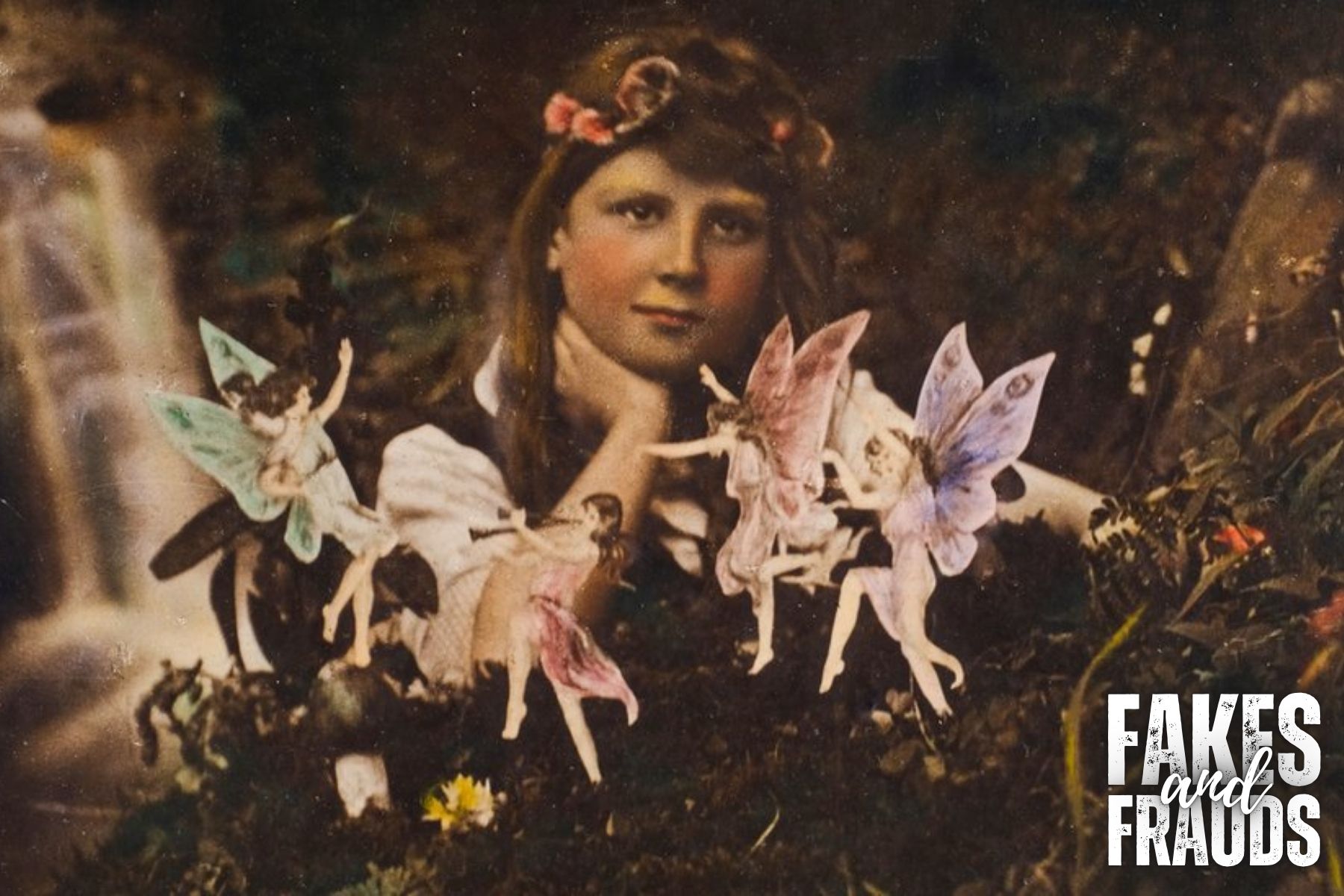There are many glittering examples of mass delusion in human history, but few sparkle quite so tragically — or quite so stupidly — as the great Fairy Photograph Scandal of the early 20th century.
In 1917, two young girls from Cottingley, England produced a series of photographs allegedly showing themselves frolicking with tiny, winged fairies. The pictures were charming, whimsical, and about as convincing as a cardboard cutout stapled to a squirrel.
In fact, the so-called Cottingley Fairies were obvious fakes to anyone blessed with functioning optic nerves. The figures were stiff, flat, suspiciously well-lit for creatures supposedly dodging mortal eyes, and struck poses with all the natural grace of paper dolls taped to popsicle sticks.
And yet — and yet — in one of the great ironies of recorded time, Sir Arthur Conan Doyle, the man who gave the world Sherlock Holmes, fictional champion of logic, observation, and ruthless deduction, fell for the Cottingley Fairies like a drunk tripping over his own shoelaces.
Doyle, along with various bright lights of the Theosophical Society and other spiritualist enthusiasts who wouldn’t recognize a hoax if it bit them on the ankle, proclaimed the photographs authentic. They hailed them as proof that humanity’s spiritual evolution was underway, that we were reconnecting with the hidden mystical realms. That Elsie Wright and Frances Griffiths were quietly giggling behind their hands and cranking out more “evidence” with homemade paper cutouts somehow escaped their notice — because when you’re desperately in love with an idea, you don’t check for fishing line.
It wasn’t until decades later, long after the damage had been done, that the hoax was officially admitted. By then the legend had fossilized into something beyond fact, beyond reason, beyond the reach of mere reality. The photographs had been printed, reprinted, debated in parlors, dissected in academic salons, immortalized in books, and cherished in hearts that apparently beat on the fumes of pure credulity. Fairies, it turned out, needed belief far more than they needed wings.
And even now, even in this brave new world of smartphones, drone cameras, deepfakes, and centuries of forensic science, there remain stubborn clusters of modern believers who refuse to be deterred. They gather in fields, forests, and corners of the internet best left unvisited, earnestly hoping to glimpse “nature spirits” flitting among the rhododendrons. Armed with digital cameras and the investigative rigor of a tipsy golden retriever, they snap photos of every lens flare, every dust speck, every badly focused insect, triumphantly uploading them under titles like “Definitive Proof of the Fairy Realm.”
The Cottingley Fairies weren’t a revelation. They were a test — and we failed it so spectacularly that people are still tripping over the wreckage a hundred years later. Belief, it seems, requires no evidence at all. Just a cheap cutout, a darkroom trick, and an audience willing — no, begging — to be fooled.

